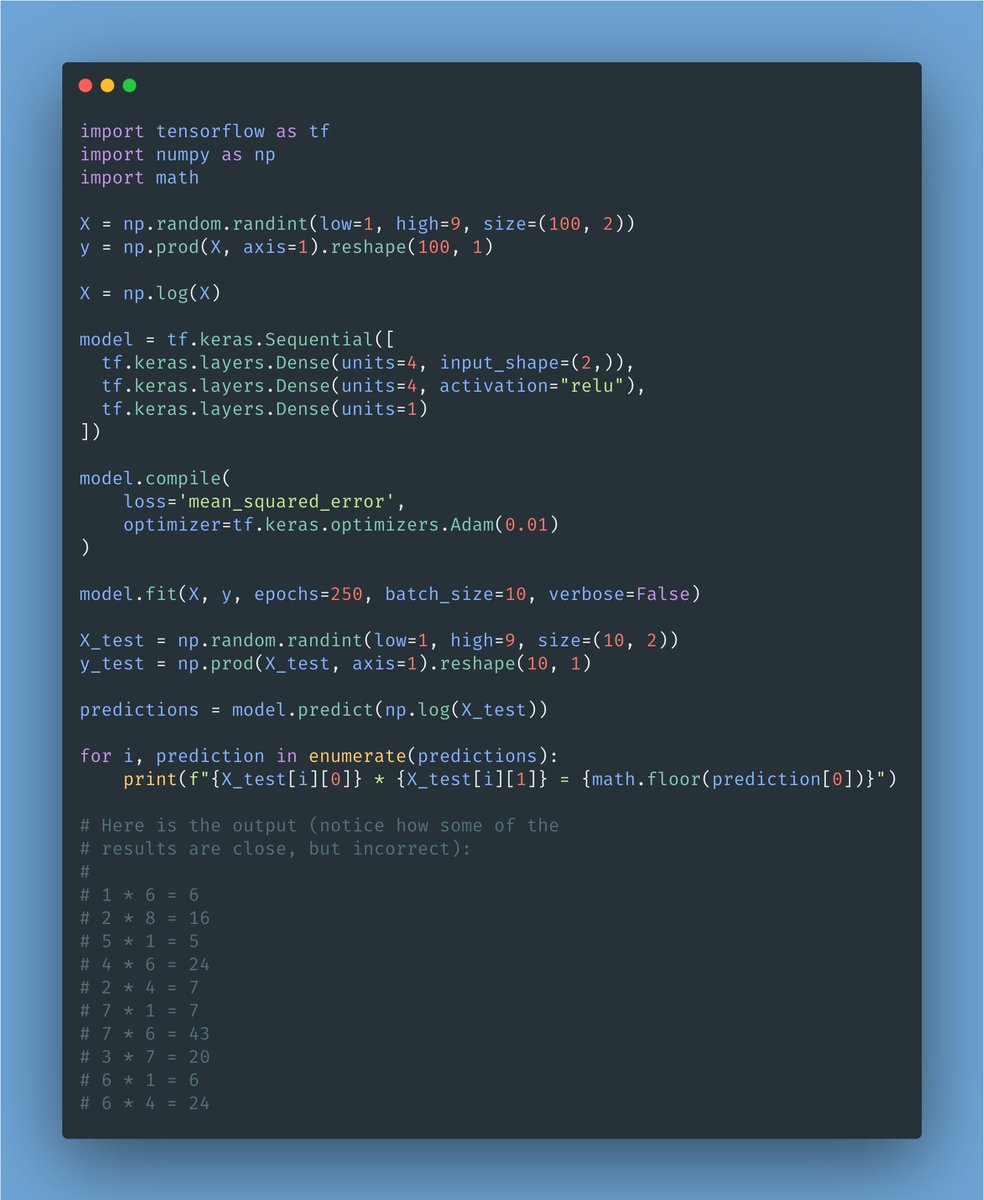
What's your favorite machine learning book?
This edition of the book does indeed uses TensorFlow 2.0 (notice the top right corner of the picture.)
https://twitter.com/AkashNaskar_7/status/1355936919738318849?s=20
For some people, reading a book may not be the best approach.
For others —like me— books have a special place. Not only their days aren't gone, but they are as relevant as they've always been.
Everyone has a different method.
For others —like me— books have a special place. Not only their days aren't gone, but they are as relevant as they've always been.
Everyone has a different method.
https://twitter.com/AzhaAmir/status/1355938678246354950?s=20
• • •
Missing some Tweet in this thread? You can try to
force a refresh







